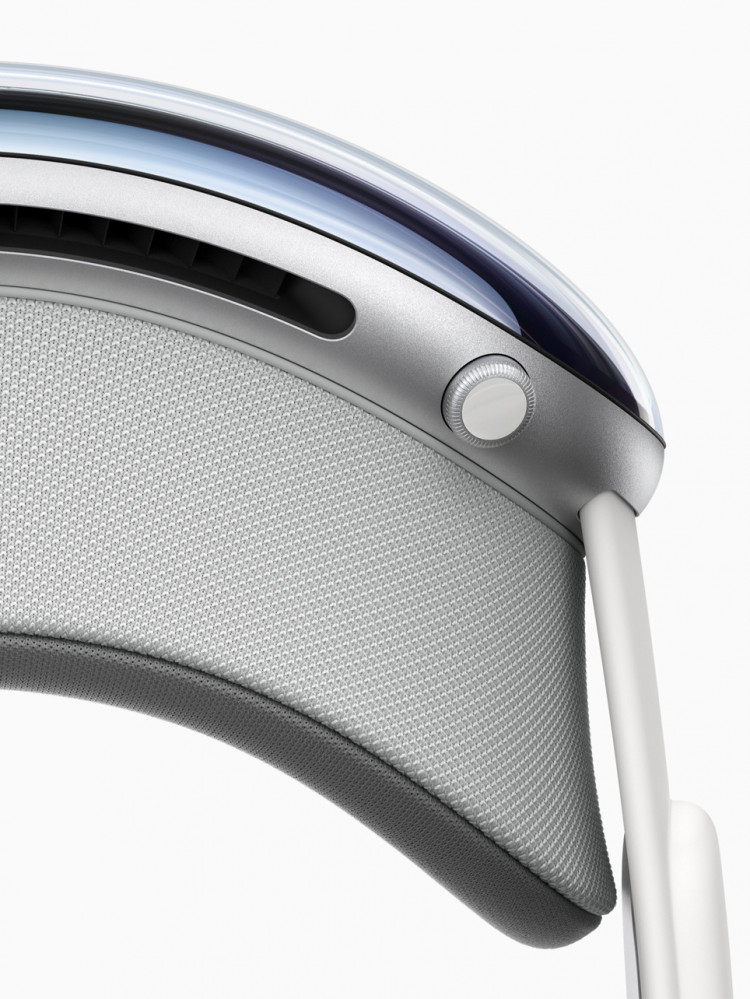Apple Inc broke into the virtual reality landscape on Monday, introducing the Vision Pro, an augmented reality headset that marks the company's most daring venture since the debut of the iPhone.
Priced at a whopping $3,499, the Vision Pro outprices Meta's (META.O) most expensive device by over three times. Meta currently reigns supreme in the mixed and virtual reality market, and Apple's entry presents a hefty challenge.
The headset is expected to hit the US markets in early 2024, with further international releases later in the year.
The new device represents a "spatial computing" milestone, as described by CEO Tim Cook, with control managed via user eye movements, gestures, and voice commands. "It's the first Apple product you look through, not at," he stated.
The Vision Pro features a three-dimensional camera and microphone system, capturing photos and videos that can be enjoyed in 3D afterward. Apple showcased the product at a children's birthday party to highlight its real-world application.
The device, according to Apple, allows for two hours of use with an external battery, reducing the weight on the user's head. However, standalone use is not possible, requiring either wall power or a battery pack.
The highest-end device of Meta, the Quest Pro, also offers roughly two hours of battery life without an external battery pack.
While Apple's shares initially climbed 2% to a record $184.95 pre-launch, they leveled off and slightly declined post-announcement.
According to Alan Dye, Apple's human interface chief, users can select content with their eyes and interact with their fingers for clicking and scrolling. The device also showcases a unique exterior display that enables external observers to see the user's eyes. The exterior display darkens when users fully engage in virtual reality.
The company also demonstrated the headset's compatibility with a trackpad and keyboard for a traditional computing experience with multiple displays.
The Vision Pro employs a new R1 chip, processing sensor information faster than a blink of an eye.
In collaboration with Adobe (ADBE.O), Microsoft (MSFT.O), and Unity (U.N), Apple aims to feature their apps on the new headset, boosting Unity shares by over 14% post-announcement.
Day-one device support for Walt Disney's (DIS.N) Disney+ streaming service was also confirmed.
Despite the excitement, Apple made no major AI product announcements akin to ChatGPT or Google's Bard search engine, though minor AI features, such as live voicemail transcriptions, were subtly added.
The launch propels Apple into a competitive market teeming with yet-to-capture-consumer-interest devices. Market leaders will keenly observe the overlap between Apple and Meta's virtual reality visions.
The AR/VR market saw 8.8 million headset sales last year, a 20.9% decrease from 2021. Sales dropped by more than half in the first quarter of 2023.
In addition to the headset, Apple also introduced a 15-inch MacBook Air starting at $1,299, powered by an Apple-designed M2 chip. Also, an updated Mac Studio desktop machine and a new Mac Pro, starting at $6,999, are now available. "For PC users, there's never been a better time to switch to a Mac," said John Ternus, Apple's SVP of Hardware Engineering.
Furthermore, Apple announced modest improvements to its iOS software, focusing on convenience and safety features, along with enhancements to its iPhone keyboard autocorrect feature. "In those moments where you just want to type a ducking word, well, the keyboard will learn it, too," quipped Craig Federighi, Apple's software chief.



